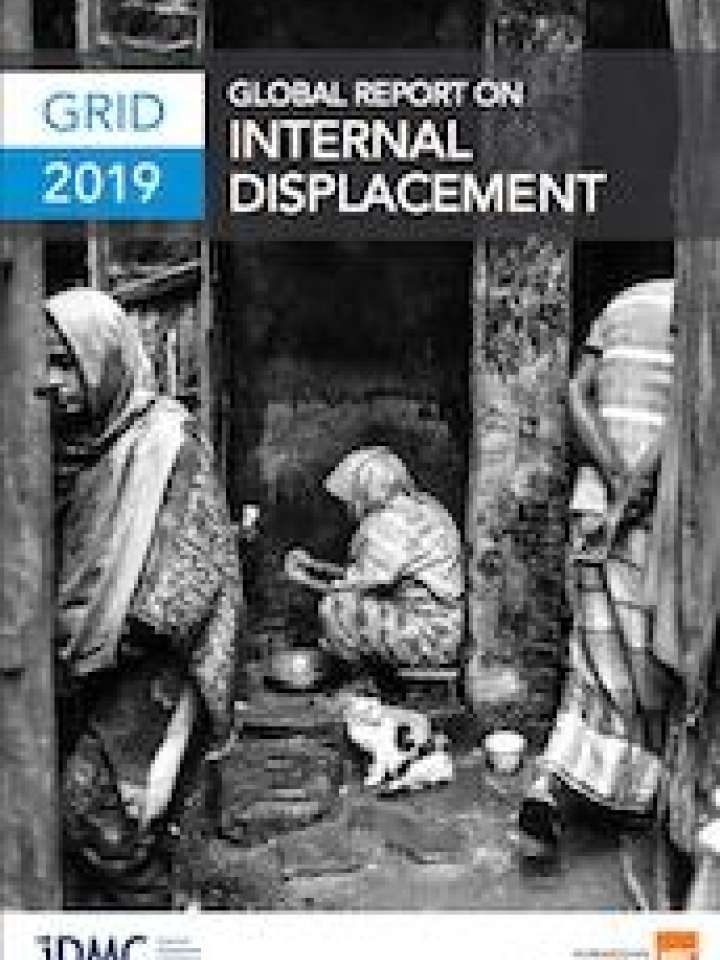Global Report on Internal Displacement (2019)
This year’s Global Report on Internal Displacement highlights the many challenges, but also opportunities, that cities face today when dealing with internal displacement. It also demonstrates a changing humanitarian landscape where internal displacement poses risks to both current and future crises. In cities, considering the additional strain placed on already limited local capacities and resources, durable solutions require that local, national and international actors integrate internal displacement into urban development strategies and financing.
Key findings in the report include:
- Heightened vulnerability and exposure to sudden-onset hazards, particularly storms, resulted in 17.2 million disaster displacements in 144 countries and territories. The number of people displaced by slow-onset disasters worldwide remains unknown as only drought-related displacement is captured in some countries, and only partially.
- Global risk of being displaced by floods is staggeringly high and concentrated in towns and cities: more than 17 million people are at risk of being displaced by floods each year. Of these, more than 80 per cent live in urban and peri-urban areas.
- An overlap of conflict and disasters repeatedly displaced people in a number of countries. Drought and conflict triggered similar numbers of displacements in Afghanistan, and extended rainy seasons displaced millions of people in areas of Nigeria and Somalia already affected by conflict. Most of the people displaced by disasters in Iraq and Syria were displaced people living in camps that were flooded.
Affecting city-level change will require progress across at least three main areas. Knowledge and evidence of the drivers, impacts and risks of urban displacement and of appropriate and successful approaches to addressing it are a prerequisite for effective action. The capacity to act on the evidence also needs to be strengthened, particularly in low-income countries and those that face large displacement crises. Most importantly, however, incentives to increase political will are needed at both the municipal and national level to adapt urban planning, investment, regulation and service delivery to the realities of informality and protracted displacement.
Explore further
